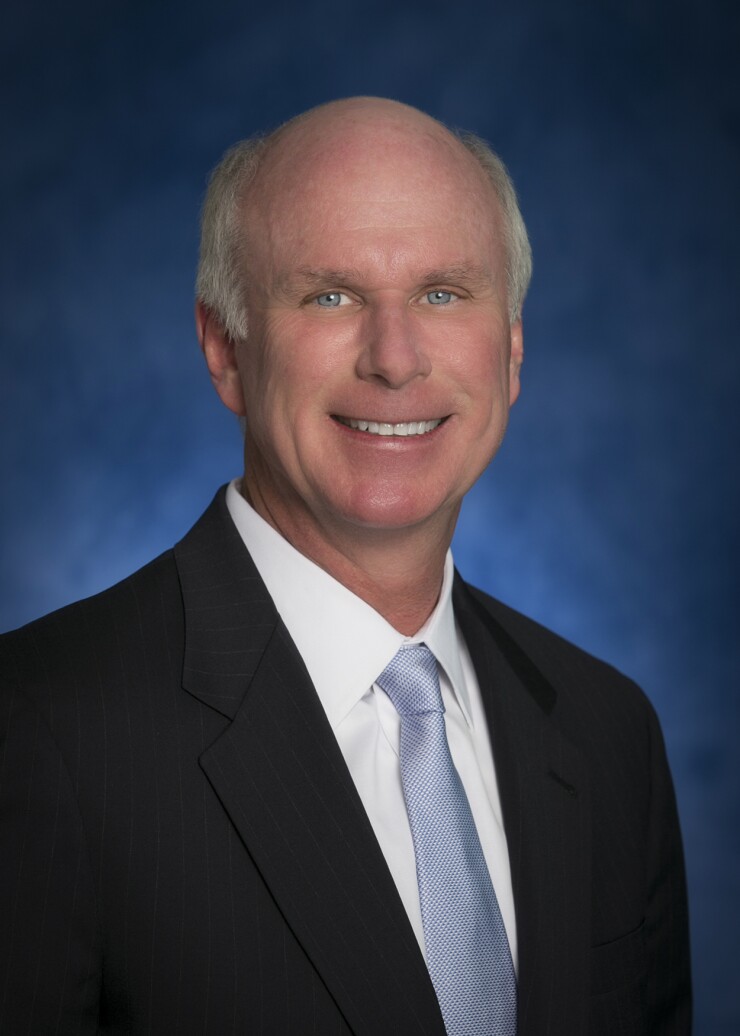A few years after its founding, Level One Bank decided to gauge the moods of its employees through a survey. It turned into a wake-up call.
"People were not enjoying their experience here," said Patrick Fehring, the chairman, president and chief executive.
Level One has since reversed that sentiment, and it has been in our
Before co-founding Level One in Farmington Hills, Mich., in late 2007, Fehring had spent 27 years at Fifth Third Bank, which benefited from a long history, a defined culture and ample resources to get work done.
At the onset, the management team at the de novo had completed the obligatory writing of the bank's vision and values, but as Level One evolved those ideals didn't line up with reality. For instance, they had stated that the bank would aim to be innovative, which proved difficult.
In hindsight, Fehring realizes that the management at a new institution must put in extra effort to clearly articulate its core values, something that wasn't as necessary at an older bank where employees "learn through osmosis," he said.

There also was a problem of feeling "stuck" in completing the bank's various projects, Fehring said. The executives had come from large organizations where they were used to having large staffs to accomplish their ideas.
“If you only have 50 employees, you can't have 30 projects going on," Fehring said. "I was getting frustrated that we had all of these things we needed to do."
With the employee survey, Fehring said he knew things needed to change. "Seeing that inspired us to humbly ask for help," he said.
Management turned to a business coach who helped sort through these issues, including identifying the characteristics of its core employees. They realized that Level One employees are passionate about their jobs and see working there as "the hardest job you'll ever love," Fehring said.
They are also confident yet modest and strive to do what's best for their customers, something that Fehring described as the bank's "true north."
More Best Banks to Work For coverage:
See the 75 banks that earned a spot in the ranking this year Washington Trust puts a name — 'Watrustology' — to a credo What it takes to be one of the Best Banks to Work For Level One also appears in our ranking for 2016
Understanding this has helped the $1.2 billion-asset bank attract talented people who share its core values, Fehring said. "We went from aspirational values to authentic ones," he said.
And it now has a few hundred employees.
The business coach also helped the bank prune its priorities list while Fehring focused on the importance of accountability to ensure that employees' time and effort were being well spent.
“When you come out of a large bank where you have unlimited resources, you don't realize how precious it is to assign accountability," he said.
Fehring said he knew that the bank had transformed its ways when he asked an employee to roll out a new project and the employee pushed back, noting three other assignments already in the works.
The culture had evolved to the point where employees were now comfortable telling their boss that they were unable to take on more work. "They said to me, 'Do you want me to change one of these assignments?' " Fehring recalled. "I said, 'No, I get it.' "





